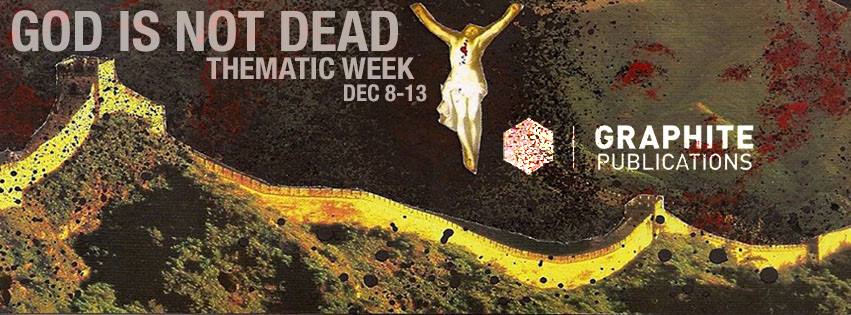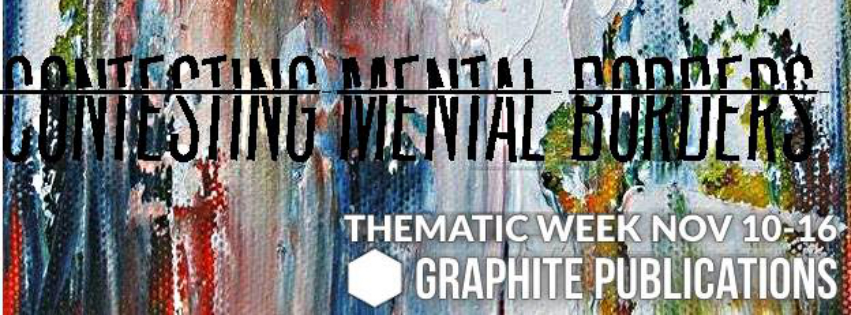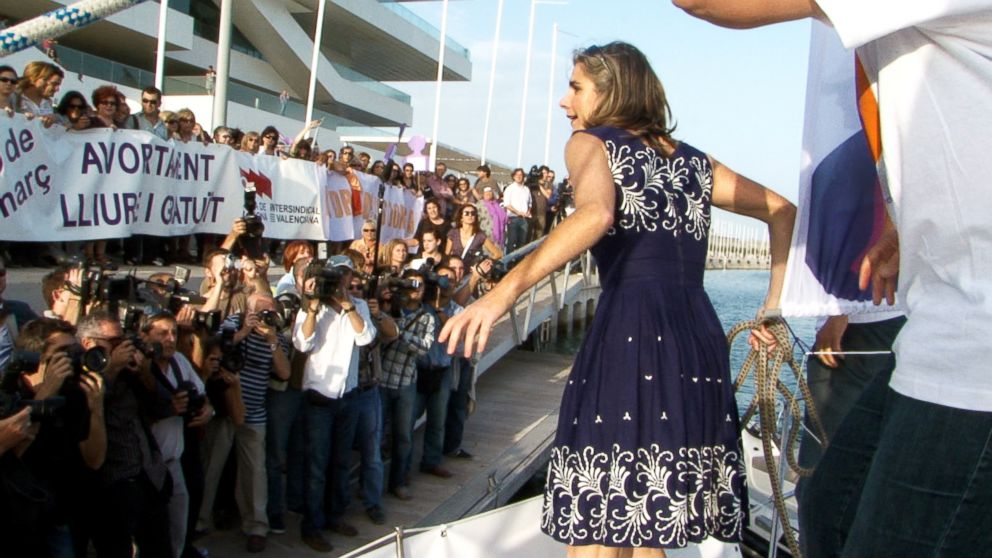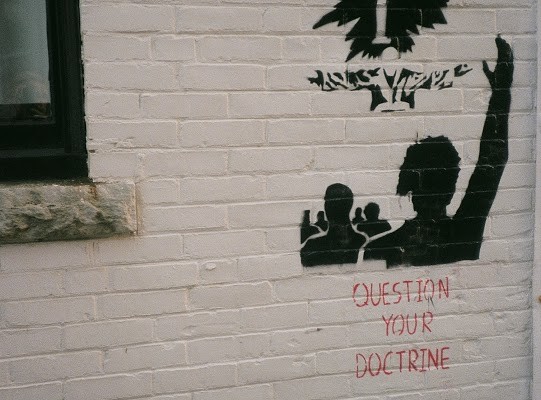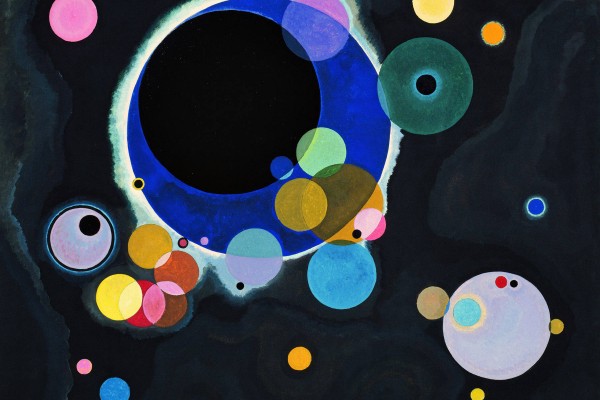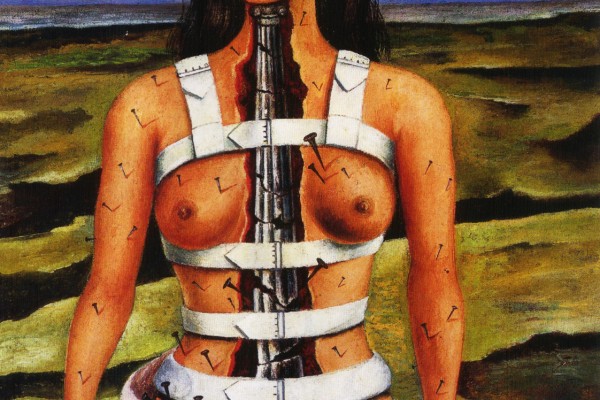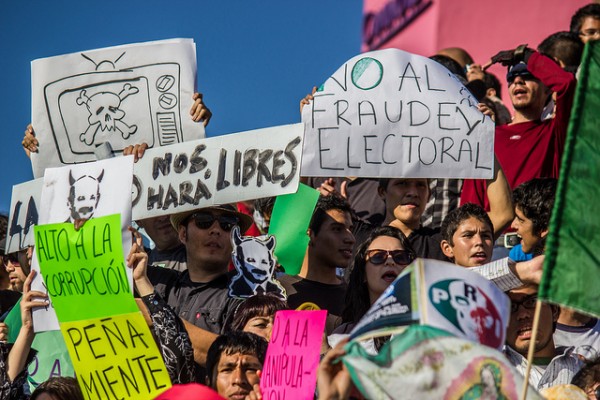A winner of multiple awards, Vessel is a documentary that tracks the journey of a woman and her ambitious project to deliver abortion procedures around the world as a part of a broader political project. While most abortion activists resort to raising awareness and lobbying to change abortion laws, this political issue can be tackled in an alternative way that is not limited by national borders, as Vessel uncovers.
The organization featured in the documentary, Women on Waves, was founded on the idea that there are places in the world that exist outside of any country’s laws. International law states that if a vessel is at least fifteen miles off a country’s coast, the vessel’s flagship country’s laws apply. Dr. Rebecca Gomperts, after discovering this loophole in the law, decided to use this to the advantage of women around the world by offering safe abortion services aboard a ship. Since abortion is legal in the Netherlands, all anti-abortion laws can be evaded and the procedures are legal.
Women on Waves began as a small group of women who sailed aboard a rented ship and provided safe abortion procedures to women in need. The first country that they visited was Ireland, and the trouble they ran into there foreshadowed all the challenges that they would face throughout the film. The organization had applied for an official license for abortion clinics from the Netherlands. Even though they expected to be allowed to perform early term abortions (since it would fall outside of the jurisdiction of the license and criminal law), they still applied for it and expected to receive it before arriving in Ireland. This was their biggest mistake, according to Dr. Rebecca. While they were still at sea, the Irish press published that they didn’t have the license and it soon blew up into a big political issue.
By the time they arrived, there was so much negative press that Women on Waves was forced to say that they would leave without doing abortions. An emotional Dr. Rebecca is recorded saying, “We have everything except that license paper. Everything is there.” From then on, most of the issues ended up being related to the press and publicity, which was in turn indirectly related to politics. Dr. Rebecca realized this and acted upon it, adapting her original strategy of quietly helping individual women to speak to the press, appearing on local TV shows, and physically occupying spaces in an effort to address the overarching political issues.
Throughout the film, Women on Waves faced numerous negative encounters, from being slandered with titles such as ‘the ship of death’ and ‘Nazis’ to having eggs thrown at them. However, all the conflict further fuelled the energy and determination of the organization, allowing them to become more assertive and daring, while still remaining within the bounds of the law. To quote Dr. Rebecca, “the fear of bad press is the same as self-censorship.”
After the Portuguese government forbade their entry into their waters by sending two warships, Women on Waves adapted their organization and launched a Women on Web portal through which they could continue out their political project. Out of frustration, Dr. Rebecca announced to the Portuguese women that they could indeed safely induce their own abortions with a high success rate by using a prescription drug – misoprostol – that is freely available. This was another loophole in the law because most laws do not forbid educating people on how to self-induce an abortion, only the act of abortion itself. This idea evolved into Women on Web where information on how to safely self-induce an abortion is disseminated and a consultation with an online doctor is offered. Should a woman decide to go ahead with the abortion, the necessary pills are thus sent and support is provided through email interaction. The women involved viewed this as a political revolution because “even though governments may have been able to stop the ship, they cannot stop the internet.”
Many of the countries visited by the Women on Waves vessel legalized abortion in the following years. Realizing their impact, Dr. Rebecca and her team began to see themselves as a part of a broader political campaign with sweeping changes. Accordingly, they moved to help local activists open hotlines in order to disseminate information on self-aborting. The excitement culminated in Quito, Ecuador, where the team occupied the statue of the Virgin for a couple of hours, hanging a massive sign from it stating “Safe Abortions” with the hotline number underneath – “you always have to have an offensive strategy in order to create change”.
As the campaign grew and Dr. Rebecca became more emboldened, it became obvious that in giving free abortions and allowing access to hotlines for women, Dr. Rebecca and her team were activists with a novel method. Theirs was a method of activism designed to address the fundamental issue – the right of a women to her own body.
By: Michelle Huang

